Category: Latter-day Saint Thought
-
The Latter-day Saint Chicago Experiment
The Chicago Experiment was an effort to train some of the best teachers in the Church to the academic standards of Biblical Studies applied elsewhere in Western Civilization during the 1930s. The results were mixed, with some of the scholars going on to improve the Church Education System, while others struggled to reconcile what they…
-
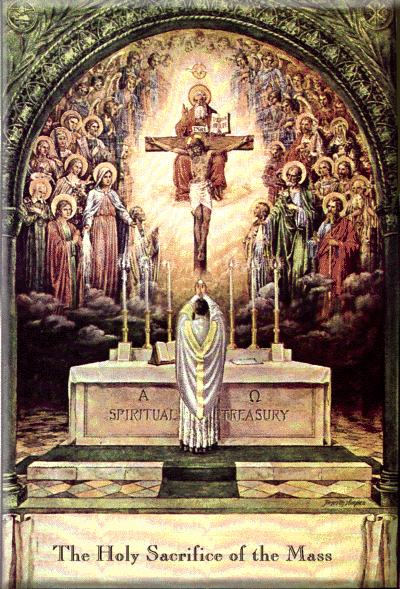
The Endowment and the Traditional Latin Mass: Beauty, Holiness, and Structure
Due to some things I’m involved in, I recently attended a Traditional Latin Mass (TLM). For the uninitiated, after Vatican II the Catholic Mass was changed to be more user-friendly. It was conducted in the vernacular instead of Latin and was shortened. While in the past the priest traditionally faced towards the East as he…
-

All Indians Today Descend From Lehi
As the children of Lehi and Sariah intermarried with first Ishamel’s offspring and then their children intermixed with the natives of the Americas, what has been the result genetically after 2,600 years? Are the American Indians encountered by the Europeans in 1492 and beyond also descendants of Lehi and Sariah?
-
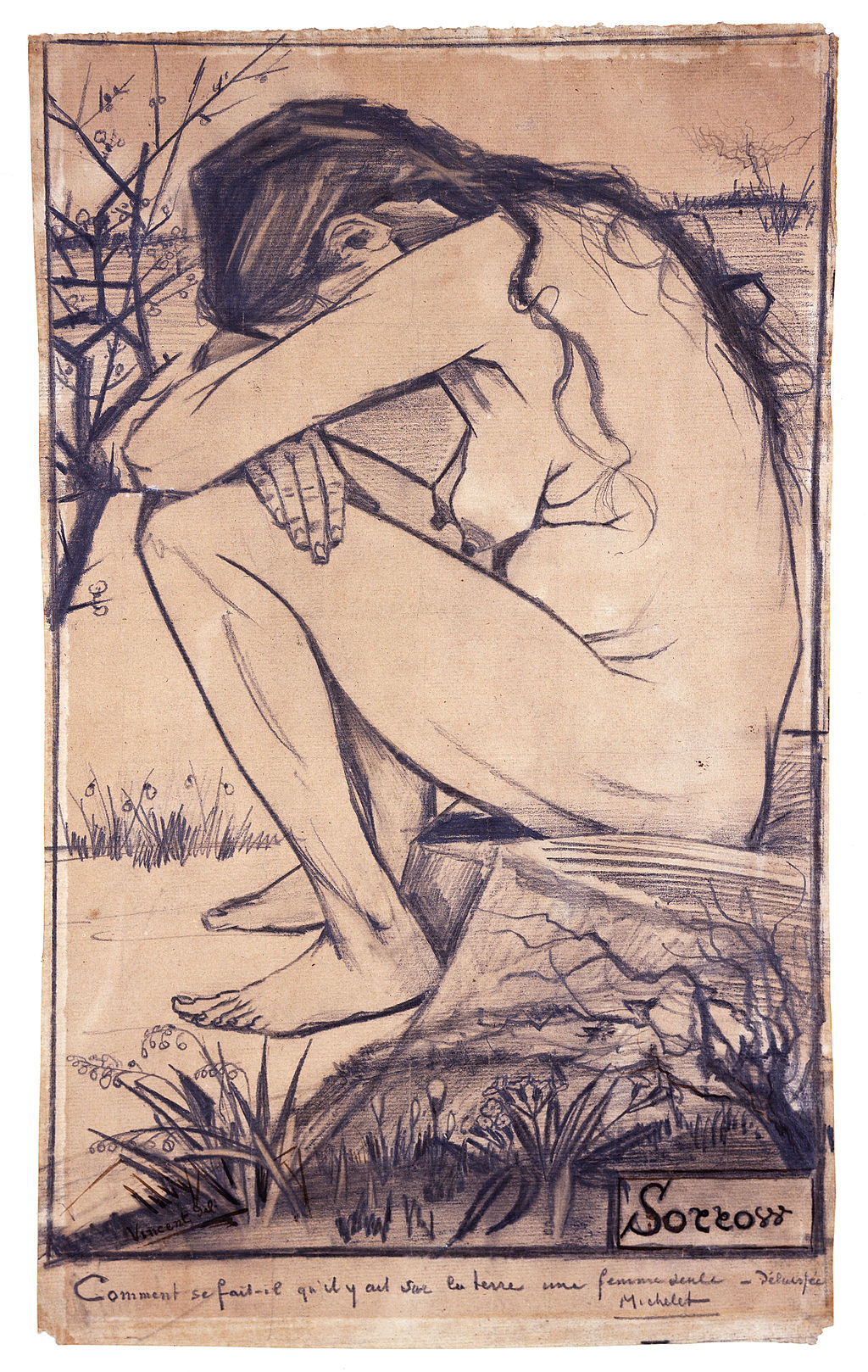
Sien Hoornik, Vincent Van Gogh, and Making All Things New
Sorrow, a Van Gogh drawing of a pregnant Sien Hoornik Selling only one painting during his lifetime, Vincent Van Gogh has become the archetype of the tortured genius not appreciated until after his death. His long-running mental health problems have been the subject of movies and ballads (with one moving example being Don McLean and…
-

Wedding Rings as Symbols
I’ve attended my fair share of Latter-day Saint weddings in Utah and there is one common element that has puzzled me.
-
Public schools should not post the Ten Commandments
Schools should post the Proclamation on the Family instead.
-

The Buddhist Alma the Younger and Forgiving the Unforgivable
While Saul/Paul and Alma the Younger were arguably committing the worst kind of sins by fighting against God, in both narratives they were sincere and possibly even well-meaning, albeit theologically wrong. They weren’t, say, torturing or killing people en masse as far as we know, and it seems like if there is a textbook case…
-
Michael Austin on the Book of Mormon
A fascinating read that was recently published is Michael Austin’s The Testimony of Two Nations. I’ve already done a review of the book, but wanted to highlight a recent interview that Michael Austin did at the Latter-day history blog From the Desk that shared some interesting insights from the book. What follows here is a…
-
The State of Israel, Follow Up
So quite the discussion a few weeks ago, and my apologies for returning to it since the last one got a little heated. I did mean the post as a Bloggernacle topic, or how do we interpret the issue of the State of Israel in in terms of our religion? Again, that’s why I brought…
-
You Might Be a Pharisee if…
The Pharisees get a bad reputation from their portrayal in the gospels, but it probably isn’t deserved. Jewish scholar Amy-Jill Levine recently discussed why that is likely to be the case that we are guilty of misunderstanding the Pharisees in a recent interview at the Latter-day Saint history blog From the Desk. What follows here…
-
Joseph Spencer on Bruce R. McConkie’s Legacy
Long-time followers of my blog posts (if any exist) are likely aware that I have a complicated relationship with Elder Bruce R. McConkie. He was hugely influential to me in my teenage years and early twenties before my own views of Latter-day Saint theology began to conflict with his in a few very notable ways.…
-

From Whence Muhammad?
Fun fact: One of the most prominent movies about the life of Muhammad (who, out of respect for Sunni Muslim sensitivities, is never actually shown onscreen) was produced and directed by Latter-day Saint Richard Rich, who has also done some Book of Mormon films, and whose aesthetic you might recognize from movies like the…
-
Alienation – you keep using that word
I generally have vowed to stay out of specific political discussions online, but this is not about any specific political issue – I have seen this claim too often with many issues or candidates from all side of the spectrum and in different locales (and not just the presidential election in the USA that dominates…
-
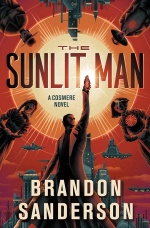
Faith crisis in Brandon Sanderson’s Sunlit Man
This post is full of spoilers. Don’t read it until you’ve read the book, which is very much worth reading and has become one of my favorites by Sanderson.
-

The Cosmological Grandeur of the Restored Gospel: Mining the Journal of Discourses
Worlds Without End in the style of Van Gogh How is it that hardly any major religion has looked at science and concluded, “This is better than we thought! The Universe is much bigger than our prophets said, grander, more subtle, more elegant?” Instead they say, “No, no, no! My god is a little god,…
-
Theology in Alma
Just in time for us to study Alma in “Come, Follow Me,” the Latter-day Saint history blog From the Desk published an interview with Kylie Nielson Turley about theology in Alma. Kylie Nielson Turley wrote the Maxwell Institute’s brief theological introduction to the first half of the Book of Alma and has a lot of…
-
Joseph Smith’s Uncanonized Revelations
I don’t think it’s a secret that I have an ongoing fascination with the Doctrine and Covenants. I am, after all, publishing a book about it this winter and (as my Mexican Mission Hymns project is coming to a close), I’m beginning work on an annotated edition of the Doctrine and Covenants. But that fascination…
-
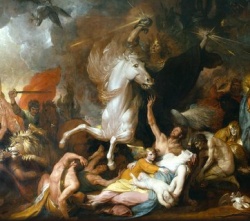
Review: Christopher Blythe, Terrible Revolution: Latter-day Saints and the American Apocalypse
Christopher James Blythe. Terrible Revolution: Latter-day Saints and the American Apocalypse. New York: Oxford University Press, 2020. ISBN 978-019-7695159. Terrible Revolution traces the central place of apocalypticism in LDS history and belief along multiple axes. Chronologically, the book traces the varieties of apocalypticism from the American religious context of Joseph Smith’s earliest activity through the…
-
Let’s Talk about the State of Israel
When I was 14 c. 1990, my teachers’ quorum instructor was giving a lesson (hard to remember what the particular topic was) when he went into a diatribe about what a horrible injustice the creation of the state of Israel was. I’d never heard anybody say that before, but I’ve come to agree whole heartedly…
-
Architectural Influences of Modern Temples
I’ve always had a sort of amateur, passing interest in architecture, and temple architecture in particular. However, I’ve never had enough to
-

Religious Studies Graduate Programs are Pyramid Schemes. Just Say No.
Blind leading the blind I’m not saying that religious studies folks are blind to things that matter, I just thought it was a good depiction of the religious studies treadmill in general, and I kind of just like the picture. I have one of those Facebook friends who I’ve only met briefly once in real…
-
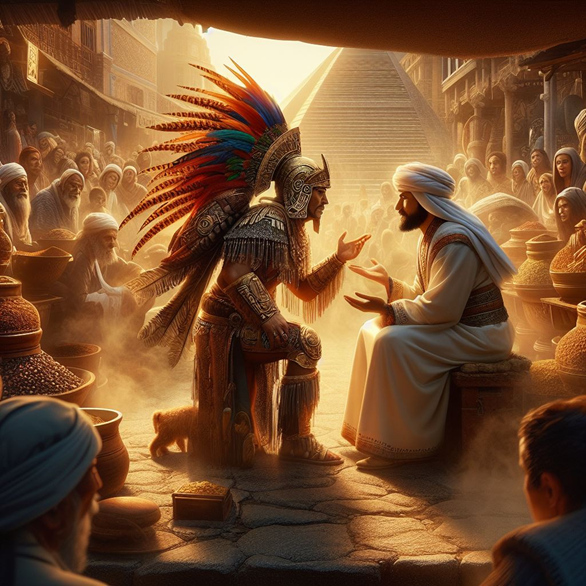
Sherem the Native American
Despite keeping the name-title of the Nephite founder in their royal name, the outsized positive influence of that prophet-king and founder of the Nephites was clearly quickly missed. “The people of Nephi, under the reign of the second king, began to grow hard in their hearts, and indulge themselves somewhat in wicked practices,” Jacob lamented…
-
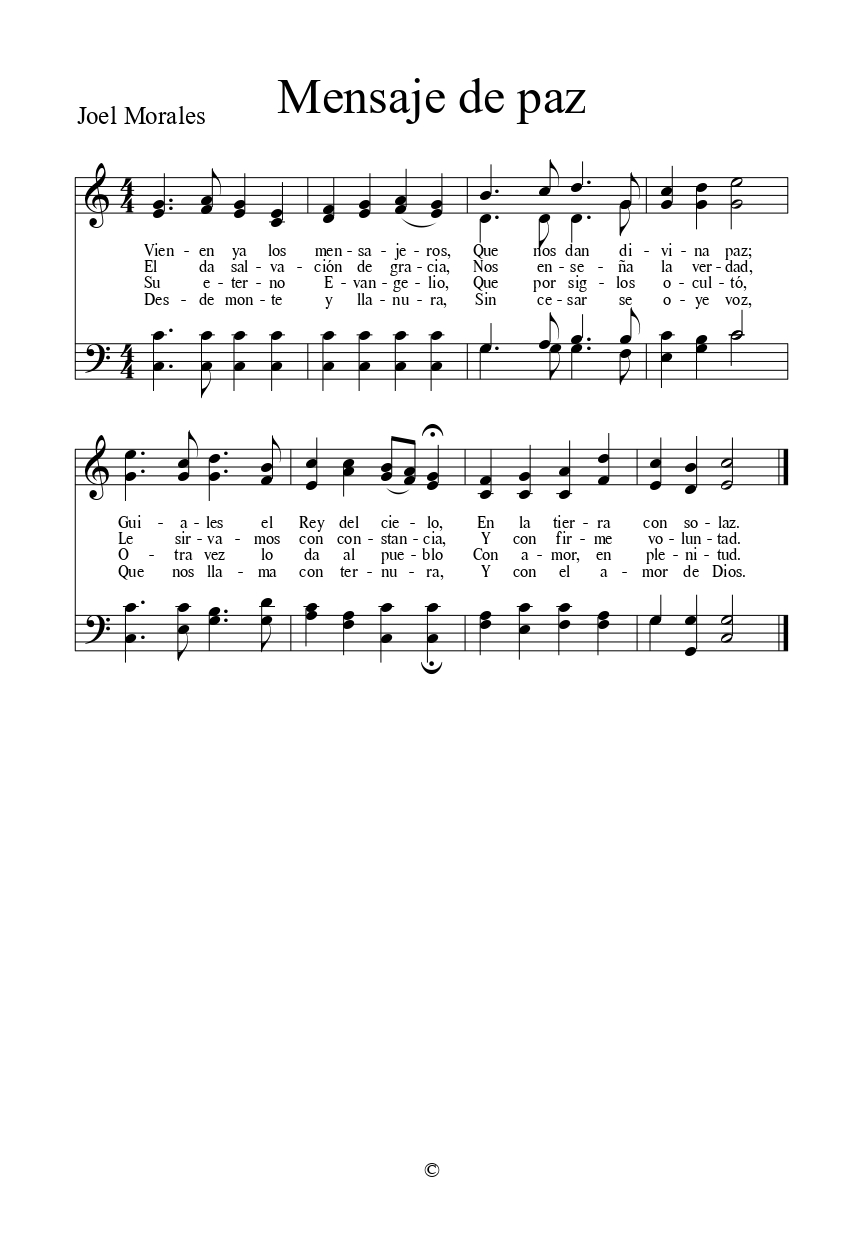
“Mensaje de paz”
“Mensaje de paz” by Joel Morales is notable as being the song that was sung when Elder Melvin J. Ballard and then-ambassador J. Reuben Clark, Jr. visited with the Latter-day Saints in Mexico in 1932. Morales is also the author of “La Proclamación” and “Final.”
-
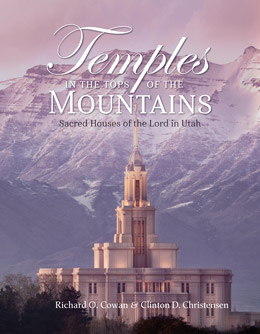
Temples in the Tops of the Mountains
Temples in the Tops of the Mountains: Sacred Houses of the Lord in Utah by Richard O. Cowan and Clinton D. Christensen (BYU RSC and Deseret Book Company, 2023) helped me solve a long-time mystery about my life. You see, when I was six years old, I went to the Vernal, Utah Temple open house.…
-
An Anonymous BYU Honor Code Office Experience
An Anonymous Account of an Experience with the Honor Code Office at BYU and its Aftermath that was Submitted to T&S as a Guest Post. Surprisingly, after the initial rush of dread the first feeling after seeing the pop-up message on the screen was one of relief. I had been caught, would be reported…
-

Nephite Succession Crisis
It was a coup (or divine providence) that Nephi and his brothers Jacob and Joseph were able to assert themselves as religious leaders in this new land, spiritually guiding thousands who were already in the Americas. Emerging as the political leaders of this large, mostly non-Jewish People of Nephi was trickier. Nephi’s inspired leadership, however,…
-
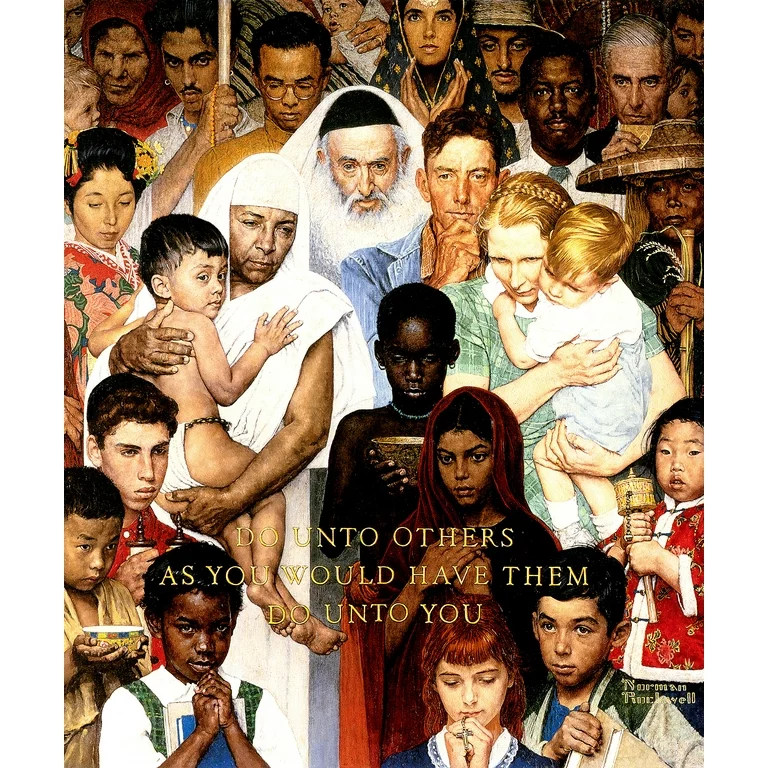
My “Sacred Envy” List
“Sacred Envy” is the well-known idea (at least in Latter-day Saint circles) of having the humility to recognize some positive attributes of other faiths, so I thought I would make my “sacred envy” list. To be clear, the Church of Jesus Christ of Latter-day Saints is my faith because I think it is the best…
-
The original sins of Mormon blogging
If the discussions here and at sites like this one are sometimes less than satisfactory, it’s partly because of unstated conventions and informal norms that got started nearly two decades ago and that we’re often barely conscious of today. Two especially need to be rethought.
-
Theology in Mosiah
One of my favorite sets of publications in recent years are the Brief theological introductions to the Book of Mormon. James E. Faulconer’s excellent contribution to the series is the volume focused on the Book of Mosiah. In a recent interview at the Latter-day Saint history blog From the Desk, Faulconer shared some of his…
-

“All Those Who Would Go with Me”
As the Lehites increasingly mingled with the locals, there eventually arose a division, accelerated upon the death of their patriarch Lehi. Part of Lehi’s family (led by Laman) was attracted to a hunting and gathering lifestyle. Likely, this way of life was common among the Native Americans they were interacting with in the Land of…
